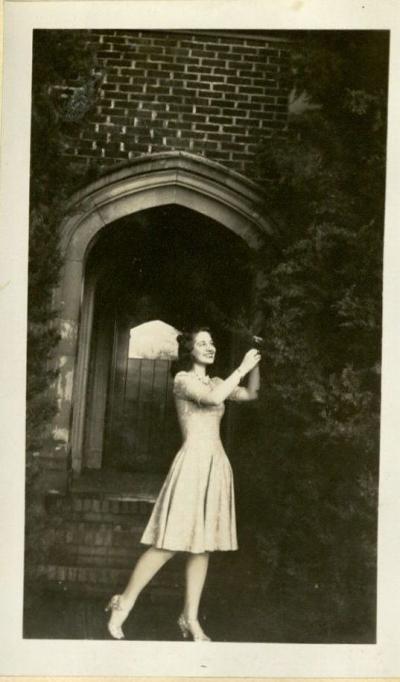The three new collections added were received by SCARC in 2015 and are now available to researchers through the Archon finding aid database. Additionally, two out of these three new collections are electronic, as they were born-digital and digitized, representing 38.4 Gigabytes of new archival material. The addition of these finding aids brings the total number of collections available through the Special Collections and Archives Research Center to 1,026 as of January 1, 2020.
Read more about these new collections below:
Raul Peña Collection, 1968-2005 (MSS Peña)

The Raul Peña Collection consists of Peña’s personal scrapbook and a compilation of video-recorded news stories depicting the struggles of migrant farm workers in Oregon during the late 1980s and early 1990s. Peña served in the U.S. Army and Oregon Army National Guard in the 1970s and 1980s, and advocated for migrant worker rights through his work for the Bureau of Labor and Industries in the late 1980s and 1990s. This collection consists of digitized versions of the scrapbook and video content.
Roy Philippi and Beth Miller Philippi Scrapbooks, 1915-1943 (MSS Philippi)

The Roy Philippi and Beth Miller Philippi Scrapbooks were assembled by Oregon Agricultural College student Roy Philippi and his daughter-in-law, Beth Miller Philippi, herself an alumna of Oregon State College. The scrapbooks document student life at Oregon State College during World War I and the beginning of World War II, primarily through candid snapshots and newspaper clippings.
The Beth Miller Philippi scrapbook is in fragile condition and a digital surrogate should be consulted as a primary source of access. This surrogate is available in the Special Collections and Archives Research Center Reading Room, or remotely upon request. The collection includes 232 photographs.
Oregon State University Libraries and Press Oral History Collection, 2018-2019 (OH 041)

The Oregon State University Libraries and Press (OSULP) Oral History Collection primarily consists of audio-recorded interviews conducted with current employees of the OSU Libraries and the OSU Press, all of which were structured using a set script of interview questions. A smaller subset of the collection is comprised of more individually tailored interviews with former employees of the OSU Libraries. Members of each OSULP branch and department are represented in the collection, which includes interviews with library faculty, staff and student workers. Online access to the interviews, as well as a promotional video, is provided through a dedicated project homepage. The collection includes 50 oral history interviews.




